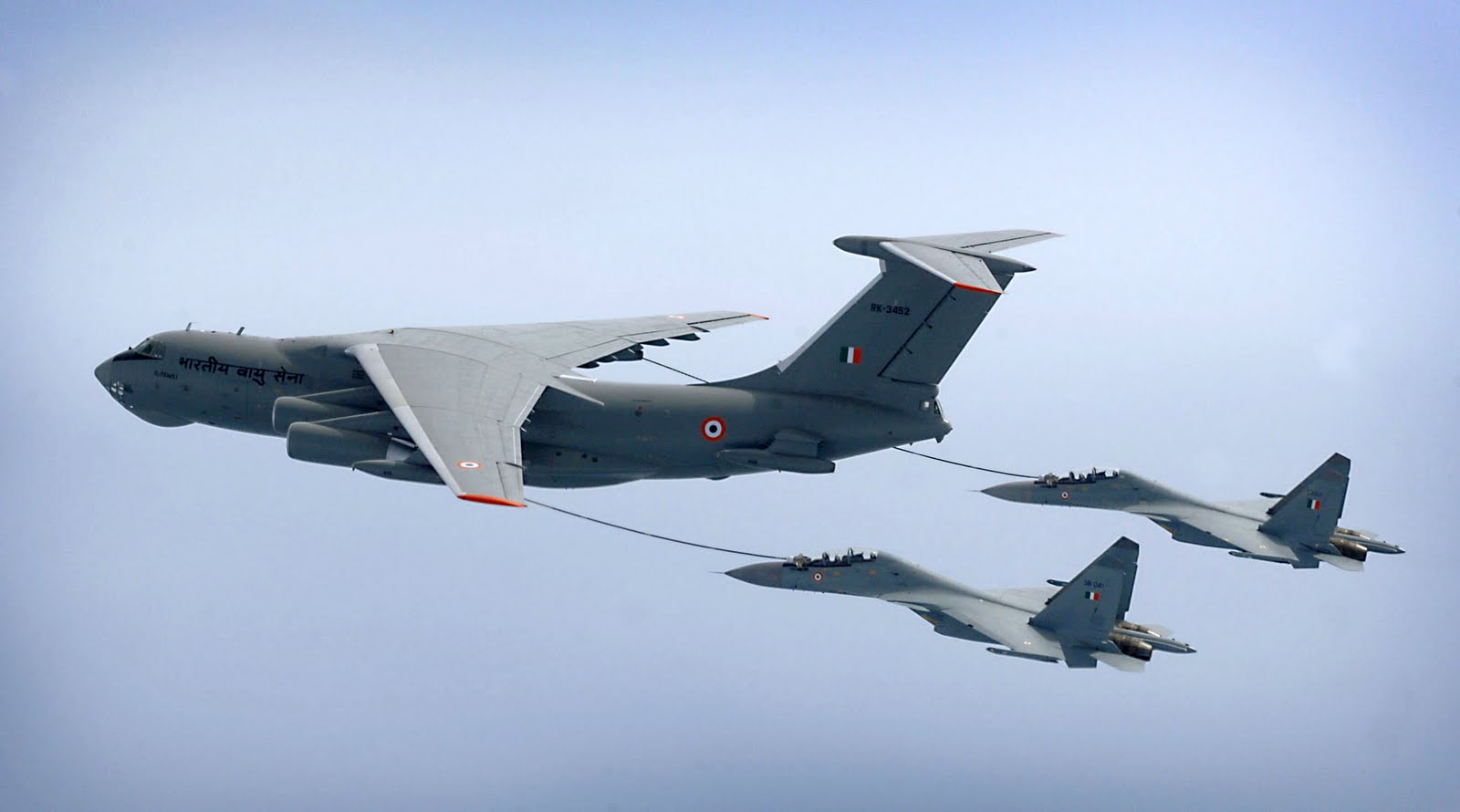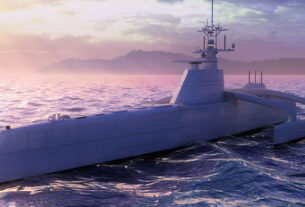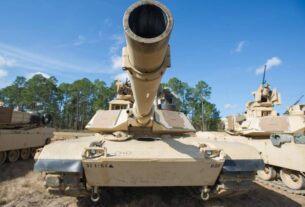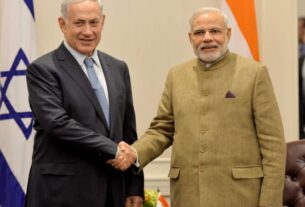Mid air refuelling system
As the military forces around the globe faces an uncertain security environment, the importance of its mobility fleet of tanker and airlift aircraft continues to increase. Aerial refuelling aircraft are strategic assets for any armed force, as airborne stations capable of prolonging the flight time of fighter jets and reconnaissance aircraft, allowing them to do their job for longer.
A historical review of tanker and airlifter employment reveals that changes in requirements, capabilities, mission and vision over the years now prompt the need for adaptive planning and smart procurement. A multi-role tanker-transport aircraft whose primary function is air refueling, but which also can become a mobility multiplier, can be the real game changer for the militaries.
To support overseas deployments anywhere in the world at short notice AAR is only becoming more important. Today’s short combat radius platforms in particular, the growing frequency of sorties flown at ever-longer distances away from carriers or ground bases has increasingly made refuelling an essential mission component.
Air-to-Air Refuelling (AAR) is an essential capability that increases the range, endurance, payload and flexibility of all capable receiver aircraft, and is especially important when forward basing is limited or unavailable.
AAR is critical to both the success of the deployment and any concurrent operations; to deploy the forces in a timely manner, in minimising both the logistical footprint and the chances of ground aborts during transits, and in maintaining a high tempo of operations.
World War II showed the need for aircraft with continent-spanning range, especially in the Pacific. The response to this range requirement was the B-29, which could cover those distances, barely. Forward basing had become vulnerable, so long range bombers were seen as a solution to the range problem-the B-36 and B-52. The highly successful B-52-many of which are still flying-had the speed, range and payload to hit targets across the Soviet Union and its satellites from the continental US, but it would still require air refueling to allow it to fly non-stop from the US to its targets and back.
The Vietnam War generated an appetite for air refueling that could not easily be sated, and in its aftermath fighters, from all the services, demanded more tankers for exercises and deployments. In 1960 there were 2,000 air refuelable aircraft in the Air Force inventory; by 1980 that number had jumped to 4,500, of which 3,000 were fighters
Aerial refueling was shortly employed before World War 2 and largely employed after World War 2 for many different military aircraft operations like Gulf war and the Iraqi invasion of Kuwait.
Refuelling methods
Support for the strategic bomber’s global strike role shaped the airborne tanker’s capabilities. When the US Air Force moved to aerial refueling in the years following World War II, it looked at various methods to mate tankers with receivers. Two emerged as the most practical: the “boom” and the “probe and drogue” system. The boom employed a rigid pole that extended down from the tanker and plugged into a receptacle on the receiver aircraft. The alternative probe and drogue system used a hose reeled out from the tanker with a basket attached that looked like a huge shuttlecock. The receiver aircraft was equipped with a probe that plugged into the basket. This method worked well for fighters, but large aircraft were too difficult to manoeuvre while trying to plug a basket.
There are two kinds of aerial refueling that aircraft use. The US Navy uses probe-and-drogue refueling, and the US Air Force uses flying-boom refueling. They are each different systems with their own limitations.
In probe-and-drogue refueling, the receiver is equipped with a retractable probe that accepts fuel from a flexible hose that extends out the back of the tanker, terminating in a drogue. The drogue stabilizes the hose so that it does not flap about in the wind, and helps guide the probe into the correct position to receive fuel. The hose can only be extended or winched back into a retracted position; it is otherwise entirely up to the pilot of the receiver to fly the probe into the drogue to take fuel.
With flying-boom refueling, the tanker has an articulated, telescoping boom that can be steered by a boom operator. The receiver has a receptacle that accepts the boom. Refueling is a two-man operation: The receiver pilot first flies his aircraft into the “contact” position, and then holds it steady while the boom operator steers the boom into the receptacle.
In flying boom refueling system, the tanker aircraft has an articulated telescoping boom that can be controlled by the boom operator. Boom operator has a very clear screen to see the receiver aircraft receptacle.
The receiver pilot first flies his aircraft into the contact position, and then keep it on auto pilot. The boom steers the boom into the receptacle.
In either case, the tanker is usually flown on autopilot during the refueling process, so that it maintains altitude and airspeed as carefully as possible, but the receiver aircraft is always hand-flown. Pilots employ the same techniques of formation flight to aerial refueling: a steady hand, small corrections, a good visual scan, and use of visual reference points
AAR allows Air Power to increase levels of versatility, surprise, flexibility, and mobility, and can concentrate more assets for operations. The overall effect of these applications is a force enabler and force multiplier in Air Power employment. AAR platforms are considered to be High Valuable Airborne Assets (HVAA) and therefore special consideration must be given by air planners and tasking authorities in order to minimise exposure to enemy threats. AAR procedures are both complex and vulnerable. The dangers inherent to both the tankers and receivers whilst on task require a high degree of Air Superiority to be achieved.
The primary effect of AAR is the spatial and temporal extension of air capabilities. Knowing how, when, and where this extension is to be employed are important factors that influence success and exploitation of the AAR capability. To ensure the effect is optimised, it is important that AAR does not substantially interfere with, or impact upon, receiving aircrafts’ primary operations. 2.2.2 In order to optimise AAR capability a number of factors should be considered, including; offloading the requested amount of fuel, rendezvousing at the coordinated point in airspace at the correct time and trailing the assets during the deployment phase. AAR capability and effort is therefore expressed in terms of the numbers of tanker sorties generated, tanker hours flown, time on station, amount of fuel offloaded, number of booms or hoses in the air, and the number of receivers supported.
Future possibilities
Future tankers will potentially need to provide in-theatre support to the receiver aircraft, meaning that they will have to be stealthy to avoid detection as well as having comprehensive defensive aids.
The US Air Force’s future KC-Z tanker could usher in a massive technological leap forward, with autonomy, low observability and flying wing designs possibly playing a role in the program.
As enemy air defenses improve, the Air Force may need a penetrating aerial refueling tanker that can move forward in conjunction with stealthy fifth-generation aircraft like the F-22 and F-35. A study, slated to begin this year, will help the service decide the path forward,
“Once that study is done, then we’ll start programming, and we’re looking around the 2030 to 2035 area in the budget where it gains us the opportunity to be able to procure a new follow-on tanker,”, said Air Mobility Command head Gen. Carlton Everhart
Today, the Air Force conducts aerial refueling using large airplanes — usually derived from commercial passenger jets — that fill up smaller craft while far away from enemy activity. That might not be the most effective way to conduct the mission in the future.
AMC is working closely with the Air Force research labs and is especially relying on industry in gathering information on fledgling or existing technologies that could enable a tanker to operate in more challenging environments.
Adding intelligence, surveillance and reconnaissance (ISR) capabilities is another area that companies have already started to explore. The Airbus company has been looking at bringing the likes of signals intelligence or airborne ground surveillance to its A330 MRTT platform, to allow it to perform simultaneous ISR tasks during a single mission, without affecting the aircraft’s primary role. Additional communication systems for the aircraft are also under consideration, as well as equipping it with appropriate sensors and a mission system.
In coming years unmanned aircraft like drones will be used for air to air refueling. NASA is researching on the best design for refueling aircraft during long distance air missions.
An increasing interest over the last decade in developing unmanned aerial systems’ technologies has prompted research into methods for automating air to air refuelling processes. Furthermore, for systems with increased autonomy the necessary logic and flight control systems to perform autonomous air to air refuelling is now being pursued. There has already been significant research in position tracking, rendezvous scheduling, apparatus modelling, wake effects, and vision-based sensors to support refuelling of unmanned systems and to increase the autonomy in manned aircraft refuelling. Many of these build upon considerable research and understanding that has matured for manned air to air refuelling.
Aerial refueling is a boon for long distance air missions. It not only saves the fuel consumption but it also increases the maximum takeoff weight of aircraft.
With Indian Air Force intending to convert itself into an expeditionary force, the air refueler is considered a necessity. It would be worth reminding the policy makers that the US and NATO would not have been able to complete its mission in Afghanistan without the air refulers as all of its planes on Afghan mission were flown to the area after air refueling. Only because of air refuelers the Sukhoi -30 aircraft were flown to US for participating in the Red Flag exercise of the US Air Force.
The IAF has already taken a decision of far reaching significance to increase its operational reach by deciding to enable all its aircraft and helicopters for combat and support role for mid air refueling.
The IAF is already facing crunch in its transport capabilities. Though new transport planes are being inducted, the air refueler would have served the dual purpose of air refueling and transport of men and material also.
The Air Force must think broadly about the strategic uses of the new tanker. The new platform must be a multi-role asset and not just an air refueler. The new platform will be expected to last for over fifty years. During those decades the threats faced by the militaries will change. Unmanned air vehicles, precision-guided munitions, stealth, and network-centric ISR will all become more prevalent and have an impact on the size and characteristics of the air refueling fleet.
Strategy, tactics and operational concepts will evolve accordingly. At the same time, budget constraints will make it difficult to buy more airlifters and simultaneously recapitalize the tanker fleet. The key will be to devise a solution to the air refueling problem while simultaneously addressing the airlift capability gap. The answer is a platform that is able to combine these requirements effectively and efficiently. A multi-role aircraft whose primary function is air refueling, but which also has the growth capacity to become a mobility force multiplier for other services and systems, could be the best solution.




